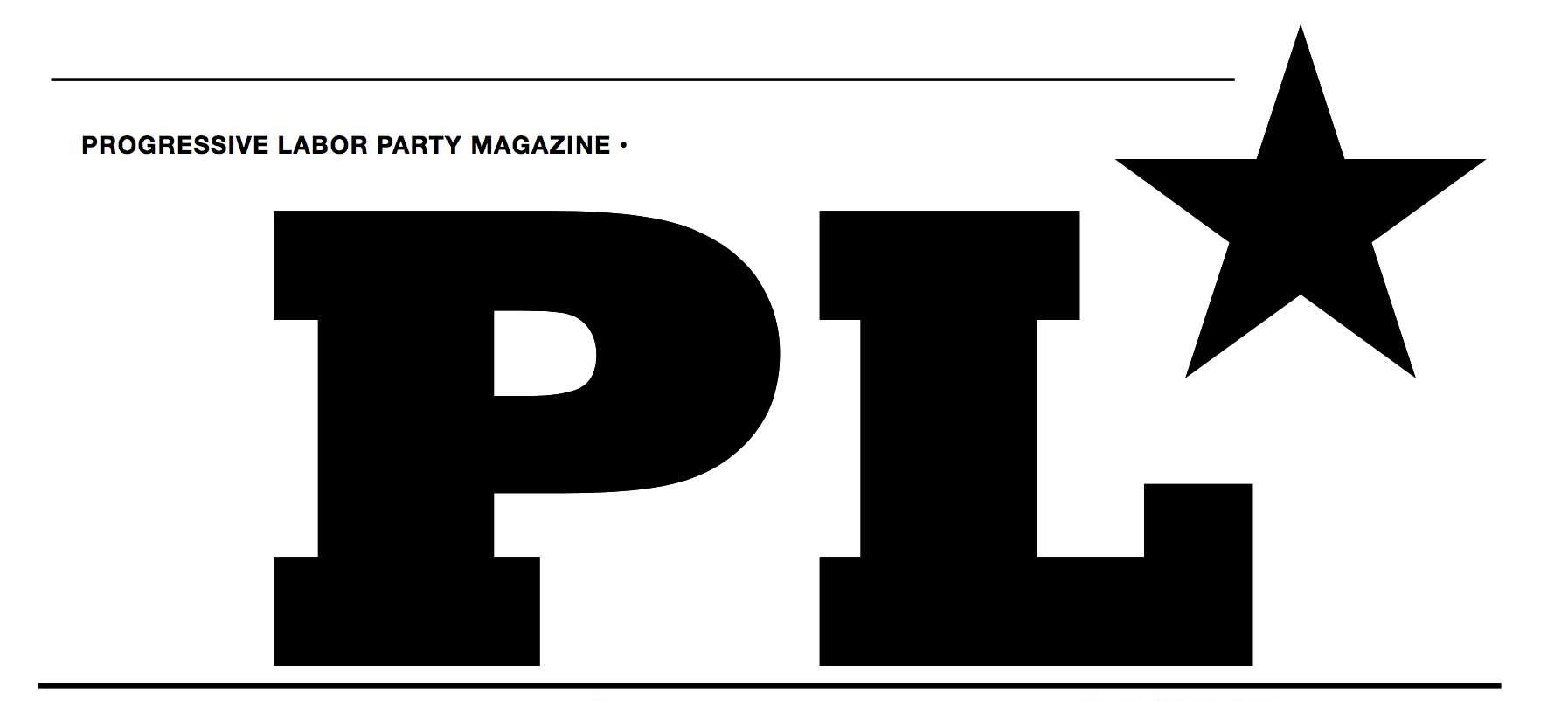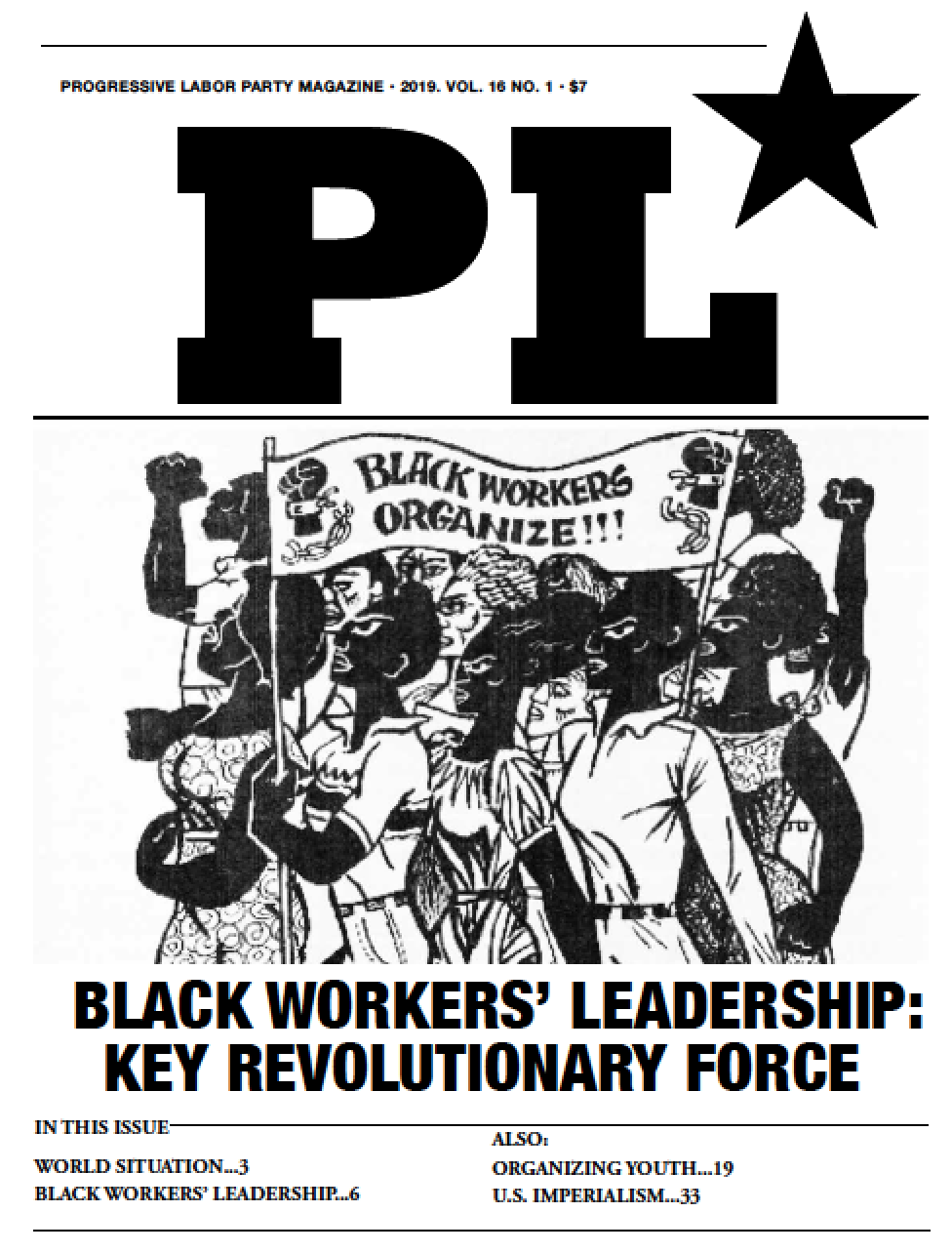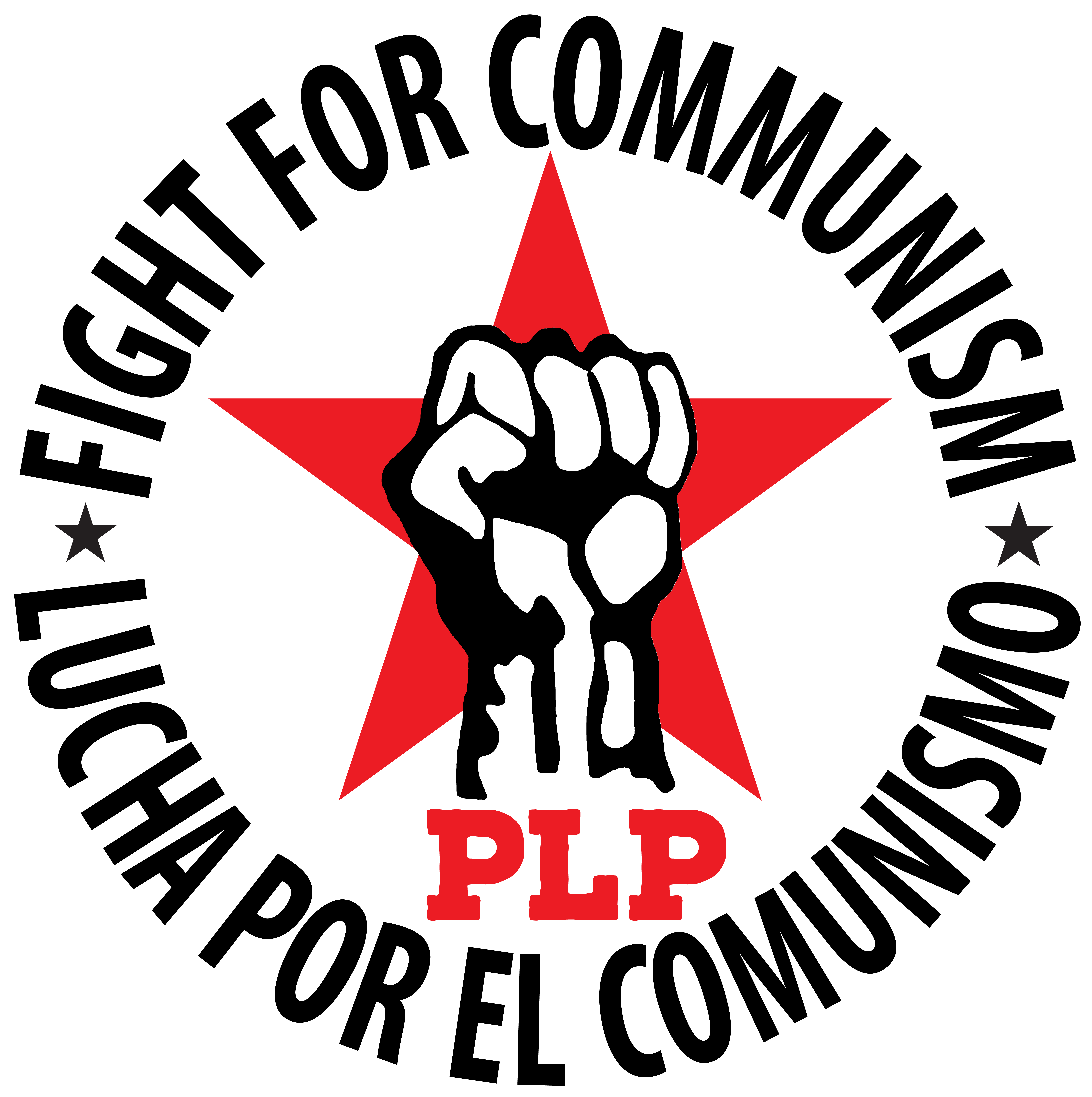Letter: Contradictions of Hong Kong Protests
 Saturday, October 26, 2019 at 2:54PM
Saturday, October 26, 2019 at 2:54PM The New York Times recently presented the dramatic contrast of a huge choreographed show of Chinese nationalism in Beijing and pitched battles between protesters and police in the streets of Hong Kong. The Beijing spectacle, marking the 70th anniversary of the communist-led revolution in China that established the People’s Republic, was presented by the US capitalist press as a rising danger to be taken seriously. The bosses want to prepare us to fight against the Chinese to save U.S. capitalist domination. Few workers are won to that degree of blind nationalism, at least in the US. What lessons should workers of the world, including Chinese workers, take from this public display of political and military power?
It is important for workers outside China to understand that there are still communists in China. They just don’t run the government anymore. Challenge readers know that the Chinese “Communist” Party (CCP) turned away from communism and socialism and took a sharp turn toward capitalism in the 1970s. China now has the largest economy in the world. It also has a level of inequality on par with the US.
But inside China, Mao Zedong is still an important symbol. Although PLP’s assessment of Mao includes criticisms of some of his decisions, by any measure he was an important revolutionary leader. His death in 1976 gave the “capitalist roaders” inside the CCP the green light to get rich by building their economy along capitalist lines, including openly exploiting workers. To this day when workers go on strike or invade a government office or shut down traffic to protest the latest abuse by Chinese billionaires, these workers carry big pictures of Mao.
Chinese students and intellectuals have joined forces with protesting workers and the Chinese government has responded with a wave of repression of leftist activists not seen in China for decades. The CCP is clearly worried about there being actual communists in the country, especially when they include a growing number of industrial workers. So when the CCP pulls out all the stops to show everyone – in China and outside China – that they are strong and unified, the CCP rulers are also trying to reassure themselves that there won’t be another communist revolution.
So, is Hong Kong some sort of revolutionary upsurge? The NYT would have us believe that Hong Kong protests are about “democracy.” They say Hong Kong citizens are fighting for an alternative to the repressive power of Beijing. Challenge correctly poked a hole in that simplistic bit of wishful thinking by the US billionaires. But is the increasingly intense conflict really “a reactionary, antiworker movement” as the Challenge editorial stated?
I discussed the Challenge article about the Hong Kong protests with a communist friend who has lived and worked in China and in the US for many years. He was surprised at the way our paper called these huge protests “reactionary.” He asked “is any protest that doesn’t call for communism reactionary?”
After seeing the political outcome of the “color revolutions” of Eastern Europe or of the uprisings of the Arab Spring, it is clear that the politics leading any struggle are key. However, I think my friend also has a point. He made this suggestion about analyzing mass uprisings:
“One needs to address the issue of [whether] the movement is making the working class better organized. Did it further raise their class consciousness? Did it make them more militant? These 3 points are my criterion in judging any people's movement. Sometime the 3 are in contradictions, more organized but less militant, or more militant but less class conscious, etc. It's this type of analysis that is more useful than just one dimensional analysis.”Workers in every country should be glad to learn that there are still communists in China. It is very hard to know the size or potential strength of the pro-communist forces inside China today, and there is probably no unified, organized revolutionary party. If there were it would have to be deep underground. In particular, we know very little about the various political factions involved in the Hong Kong rebellion. But there are tens of millions of Chinese who consider themselves communists, many of whom understand that China has become an imperialist country and needs another revolution. Despite many capitalist influences, there must be a range of political groups active in Hong Kong. Unfortunately what gets translated into English is a tiny and biased sample of the reality there.
So while the leadership of the Hong Kong protests is still overwhelmingy reactionary, there is still potential for the blossoming of a communist workers movement.
Communists in all countries should try to learn from the revolutionary advances made by our class brothers and sisters in other countries. As the billionaires of various capitalist countries make their preparations for the next big war, we need to build our ties with other workers and activists , reaching across the borders the imperialists have drawn on our one world.





 Progressive Labor Party (PLP) fights to destroy capitalism and the dictatorship of the capitalist class. We organize workers, soldiers and youth into a revolutionary movement for communism.
Progressive Labor Party (PLP) fights to destroy capitalism and the dictatorship of the capitalist class. We organize workers, soldiers and youth into a revolutionary movement for communism.




Reader Comments